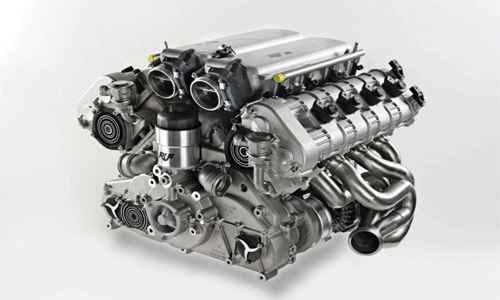V8 engine-difference in crankshaft
2020-12-18
There are two different types of V8 engines depending on the crankshaft.

The vertical plane is a typical V8 structure in American traffic vehicles. The angle between each crank in a group (a group of 4) and the previous one is 90°, so it is a vertical structure when viewed from one end of the crankshaft. This vertical surface can achieve a good balance, but it requires a heavy weight iron. Because of the large rotational inertia, the V8 engine with this vertical structure has a lower acceleration, and cannot accelerate or decelerate quickly compared to other types of engines. The ignition sequence of the V8 engine with this structure is from beginning to end, which requires the design of an additional exhaust system to connect the exhaust pipes at both ends. This complex and almost cumbersome exhaust system has now become a big headache for designers of single-seater racing cars.
Plane means that the crank is 180°. Their balance is not so perfect, unless the balance shaft is used, the vibration is very large. Because there is no need for counterweight iron, the crankshaft has low weight and low inertia, and can have high speed and acceleration. This structure is very common in the 1.5-liter modern racing car Coventry Climax. This engine has evolved from a vertical plane to a flat structure. Vehicles with V8 structure are Ferrari (Dino engine), Lotus (Esprit V8 engine), and TVR (Speed Eight engine). This structure is very common in racing engines, and the well-known one is Cosworth DFV. The design of the vertical structure is complicated. For this reason, most of the early V8 engines, including De Dion-Bouton, Peerless and Cadillac, were designed with a flat structure. In 1915, the vertical design concept appeared at an American automotive engineering conference, but it took 8 years to have the assembly.